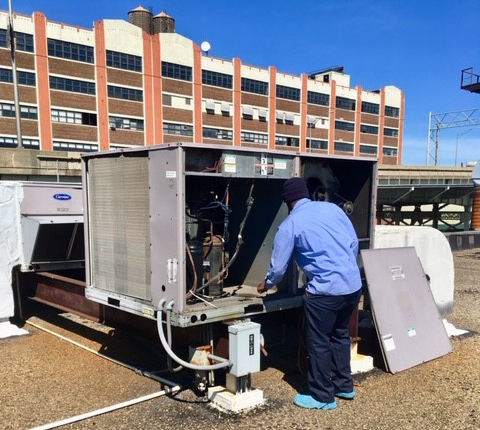
Have you recently seen headlines about lead, PFAS “forever chemicals,” microplastics, or other drinking water impurities? You’re not alone. These contaminants can have harmful effects on your body. More people are asking what’s in their tap water and how to ensure it’s safe to drink.
Is NYC’s Public Water Clean?
The public water supply in the New York City area is among the best in the country. However, once water enters a building, it travels through aging, corroding, or poorly designed pipes that can introduce contaminants like lead or bacteria. Outside NYC, water quality can vary more widely depending on the infrastructure and local water sources.
How Can You Ensure Your Water Is Healthy?
Testing your drinking water is the most effective way to identify risks and gain peace of mind, knowing your water is clean and safe. Here’s a breakdown of the most common contaminants and what you should know about them.
What Contaminants Pose the Greatest Hazards in Drinking Water?
Lead in Drinking Water
Lead can leach into drinking water from old plumbing materials like pipes, fixtures, and even the solder used to bind pipes together. Although lead piping was banned in 1986 through the EPA’s Safe Drinking Water Act, many older buildings still have lead pipes. Accelerated corrosion, sometimes due to high acidy levels, can increase the presence of lead in the drinking water system.
Exposure to unsafe levels of lead can cause serious health problems, including learning difficulties and developmental delays in children, as well as high blood pressure, kidney damage, cardiovascular issues, and nervous system damage.
PFAS “Forever Chemicals”
PFAS or perfluoroalkyl and polyfluoroalkyl substances—are man-made chemicals commonly referred to as “forever chemicals” because they are extremely persistent in the environment and the human body. They do not break down and instead accumulate overtime.
Although some varieties are now banned, PFAS chemicals are still found in many everyday items, including food packaging, non-stick cookware, water-resistant fabrics, and waxes.
The full extent of the health risks associated with PFAS exposure is still being studied, but major concerns include increased risk of various cancers. Some studies have also linked PFAS to fertility issues, reduced immune system function, and weakened vaccine responses. PFAS exposure may also pose risks to pets and livestock.
Microplastics in Drinking Water
Microplastics are tiny pieces of plastic, typically less than 5 millimeters in size, that are widely found in our environment, particularly in the fluids we drink. Over time, microplastics break down into even smaller particles known as nanoplastics, which are microscopic and undetectable to the human eye.
Plastic pollution has been a growing concern for decades, and these plastics can make their way into our water supply, and ultimately into our bodies affecting our blood, lungs, gut, and even our cells.
While the health risks associated with microplastics (and especially nanoplastics) are still being studied, research has shown that these tiny particles can accumulate in critical organs like the liver, lungs, heart, and brain. Recent studies have also linked nanoplastics to conditions like Parkinson’s disease and dementia.
At What Level Do These Contaminants Cause Harm?
Lead – The EPA sets the goal for lead in drinking water at zero. However, an actionable level is typically considered to be 15 parts per billion (ppb) or higher, which is considered harmful to humans.
PFAS – In New York and New Jersey, PFAS chemicals in drinking water must be below 14 parts per trillion (ppt), according to EPA regulations. Depending on the specific PFAS compound detected, some regulations may set even stricter limits.
Microplastics – There is currently no universally accepted safe level of microplastics in drinking water. However, many doctors and scientists agree that microplastics in the human body can cause harm, though the exact extent of that harm is still unknown.
What Can You Do About Contaminants in Your Water?
Start with Water Testing
The best way to determine if your drinking water is contaminated is to get it tested. If harmful levels of contaminants are found, a customized filtration system can help remove them and ensure your water is healthy.
Contact Metro Group for Water Testing
Metro Group has been the trusted source for building solutions since 1925. We offer comprehensive drinking water testing services to identify contaminants in your water. Our expertise includes certified water technologists and an exclusive in-house Microbiology laboratory with CDC ELITE and NYS ELAP laboratory services. If you find any issues, we provide solutions to help you ensure clean, safe drinking water for your home or business.
Need Water Testing or Filtration Solutions?
Contact us today to schedule your consultation and explore our testing services.
Looking for information about NYS School Lead Testing Compliance? Visit our blog: Ensuring Safe Drinking Water in New York Schools: Understanding Subpart 67-4 Revisions
Concerned about Brown Drinking Water? Visit our blog: Brown Water Causing You Stress? Here’s What You Can Do


